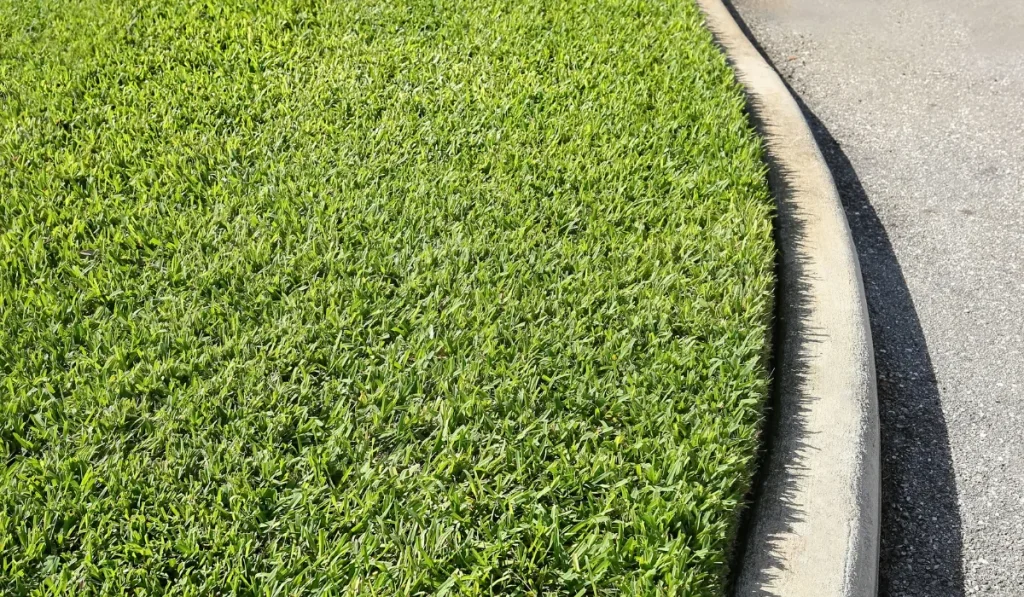Anyone can lay their own sod lawn with the right tools and few pointers.
Preparing For Sod Installation
You want to make sure you clear the area where you will be laying your sod of any weeds and debris (rocks, cement, bricks, etc.).
Next, you will roughly grade the area with a hand rake, sloping the grade away from any foundations in order to aid in proper drainage. This usually uncovers more debris that needs to be cleared. You can then till 3-4 inches deep, adding additional topsoil as needed blending native and new soil. This is important as it can help control weeds, help alleviate compacted soil, assist in root penetration and help air and water movement.
End the preparation step by grading the entire area again, using a heavy duty rake, and rolling the area with a partially water filled lawn roller.
Choosing The Best Sod
Choosing the best sod depends on several factors.
Your location is a major determining factor, such as whether or not you need a drought or heat tolerant sod, or would a cool-season or warm-season grass be best.
Keeping in mind the specific location of where your sod will be is also important. Is there a lot of shaded areas, slopes, full sun, or possibly heavy traffic.
Lastly, personal preference should also be considered. The look and feel of the blade will vary, along with the shade of green and if the sod stays green all year or goes dormant.
Knowing your options and speaking with a professional can lead you to choose a sod that will suit your needs best.
Installing The Sod
Usually, sod should be installed on dry soil, but in cases of high temperatures, moistening the soil for about two or three minutes can be necessary.
Whenever possible, install your sod on the day you receive it. If you must wait, the best thing to do is shade the uninstalled sod. Install your sod against a straight edge, like a sidewalk or driveway. Trying as much as possible to avoid gaps between pieces, as well as not overlapping or stretching, butt each piece against each other tightly.
Lay the pieces in a brick pattern, staggering the joints in each row.
When laying sod on a slope, lay the pieces across the slope rather than down. This will aid in minimizing water runoff and help retain even moisture. Last, you will want to roll over your new sod to help get rid of any air pockets.
Sod Maintenance
For the first two weeks, it is best to avoid walking on your sod, this includes animals.
Often, watering, or the lack of, is the cause of many sod problems. As soon as you lay your new sod you will need to soak the grass and soil, providing about 1 inch of water. It should be very wet, but only for this first watering.
For the first two weeks, until the sod has established and is firmly rooted, you should water your lawn daily. Watering twice a day is typical, but sometimes a third time is needed depending on weather conditions such as high temperatures or high winds. Your lawn should be left feeling moist after each watering. Finding the correct duration and frequency of watering specific to your lawn is critical in its establishment and long term health.
Besides figuring out a good watering schedule, it is also helpful to test your soil’s pH levels. Additionally, appropriate mowing and fertilizer application will aid in the establishment and care of your new sod lawn.
Related: How Much Does a Pallet of Sod Cover?



